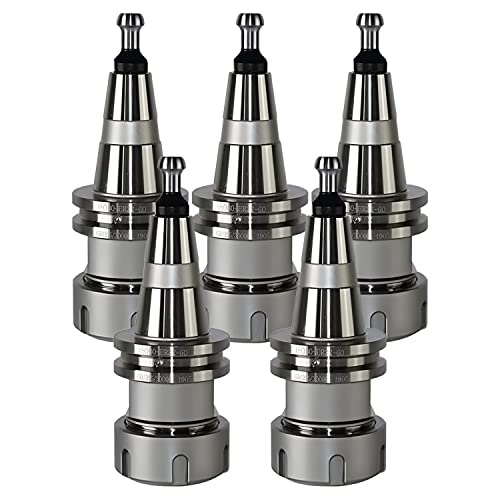batt-man said:
I'm not sure i understand your staement above. Current is equal to volts divided by resistance; in other words for any given weld (which will have resistance, the value being dependent on the materials being welded plus the resistance between the materials where they touch) the ONLY way to get more current, and therefore heat, is to increase voltage.
sort of, it definitely obeys ohms law but what you're missing is that there is always a practical constraint on power and transformer behaviour means you wont necessarily drop all the open circuit potential across the arms when closed.
lets say resistance is .001 ohms.
at 1.5 volts (a realistic spot welder potential) it'll flow 1500 amps.....say about 7.5 amps on 220V circuit, more than doable.
if you increase the voltage, yes amps increase but look at what happens to power...
at 11.5 volts, it'll flow 15,000 amps, yeah that'll spot weld and then some, but where's that going to come from? you'll instantly blow the breaker.
its amps that spot weld, so you've got to step down voltage so that you can get amps high enough (for mine I'm shooting for 3000) without hitting the wall on how much power you're trying to put through the panel/wires/etc. Transformers are rated in volt/amps so in the context of spot welders, when someone says you're better of with lower voltage it kind of means because then you are increase the amps out of the transformer (I know its not 1:1). For example if I put an extra turn on I'd be doubling the voltage and halving the amps before the transformer saturated whereas what i want is to increase the amps.
Things get more complex in design as you are not necessarily dropping all the potential across the arms, there are transformer losses etc....your open and closed circuit voltage reads on say the arms can be quite different.
the electrical engineers can elaborate but I hope that gives you some hints on it






![TurboCAD 2020 Designer [PC Download]](https://m.media-amazon.com/images/I/51UKfAHH1LL._SL500_.jpg)






















![DreamPlan Home Design and Landscaping Software Free for Windows [PC Download]](https://m.media-amazon.com/images/I/51kvZH2dVLL._SL500_.jpg)














![[The Haynes GM, Ford, Chrysler Engine Performance Manual: The Haynes Manual for Understanding, Planning and Building High-Performance Engines (Haynes Techbook)] [Author: Haynes, Max] [August, 2008]](https://m.media-amazon.com/images/I/51x6eyiUHhL._SL500_.jpg)






















![MeshMagic 3D Free 3D Modeling Software [Download]](https://m.media-amazon.com/images/I/B1U+p8ewjGS._SL500_.png)